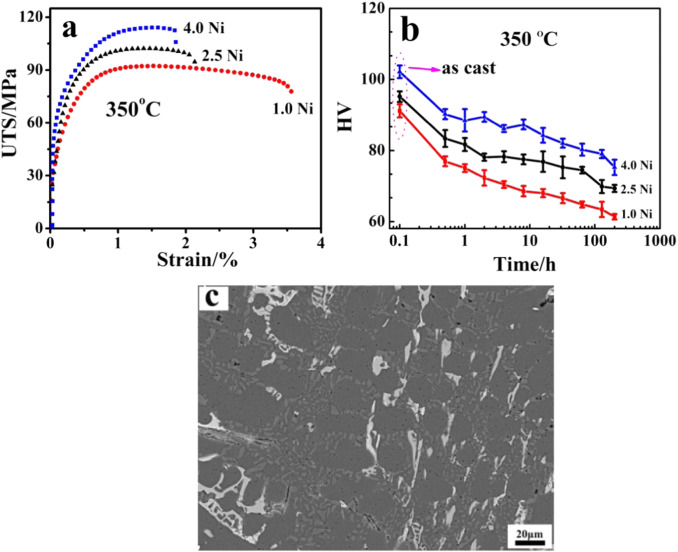
The purpose of the present paper is to describe the technical background behind the new programme, giving extensive examples of its application and use for superalloys of the 718, 625, 706 and derivative types.Thermodynamics-dependent microstructure, phase, and physical model predictions of material characteristics are demonstrated for aluminum alloys 7020 Al-4.5Zn-1.2Mg, 7039 Al-4.0Zn-2.8Mg, and 7075 Al-5.6Zn-2.5Mg-1.6Cu by direct application of Sente Software Ltd. in the modelling of creep and precipitation hardening. It allows sensitivity to microstructure to be included for many of the properties and also means that the true inter-relationship between properties can be developed, e.g.

Thus many of the shortcomings of methods such as regression analysis can be overcome. A feature of the new programme is that the calculations are based, as far as possible, on sound physical principles rather than purely statistical methods. The creep properties that JMatPro provides include steady creep rate, rupture life and rupture strength. Stress/strain diagrams at any given temperature and strain rate can also be generated. It should be noted that the mechanical properties are calculated as a function of temperature and strain rate up to the melting point. The properties which can be calculated are wide ranging, including thermo-physical and physical properties (from room temperature to the liquid state), TTT/CCT diagrams, coarsening of γ ' and γ", and mechanical properties. To overcome such limitations a new computer programme has been developed, called JMatPro (an acronym for Java-based Materials Properties software). However, their applicability often falls short from directly providing the information that is actually required. Over the past decade thermodynamic models have become increasingly used for Ni- and NiFe-based superalloys.


 0 kommentar(er)
0 kommentar(er)
